Erythritol alone is not sweet enough and it has a weird cool taste. Stevia alone is hard to measure and bitter. But if you combine both in the right amounts, you get the best homemade keto 1:1 sweetener!
What is a 1:1 sweetener
Don’t bother with complicated conversion charts every time you want to make a recipe! The best way of using a sweetener is as you would sugar – if you used to love baking before keto, you will do it joyfully again without worrying with conversions graphics and tables.
Imagine, to simply use the quantity of keto sugar that feels right! Or, the exact same amount of sugar asked in the original recipe. To be able to have this natural carefree approach when low-carb and keto baking, you absolutely need to use a 1:1 sugar replacement. This is a sweetener that has the same level of sweetness as sugar.
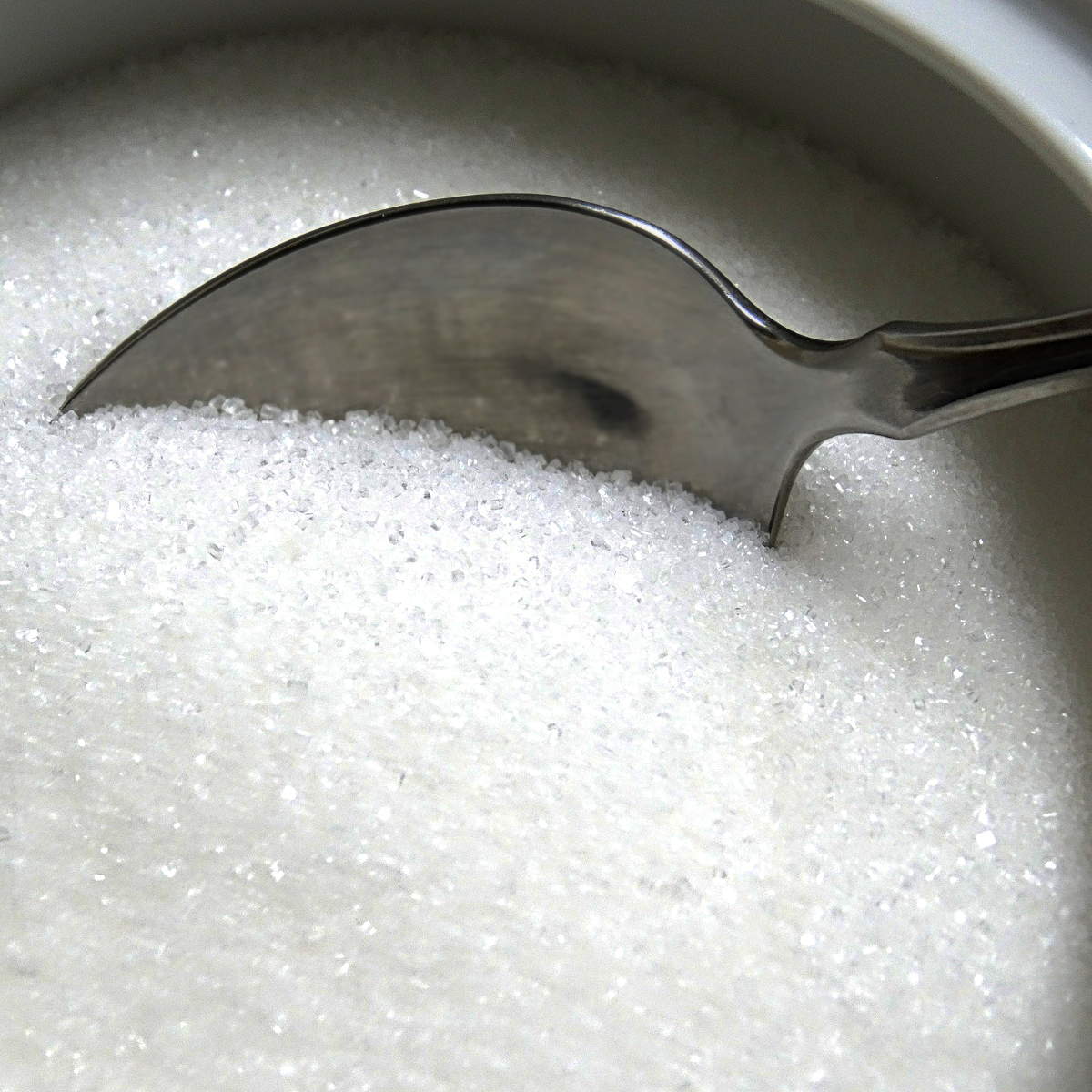
Reasons to make your own keto sugar substitute
But why, you may be asking yourself, should I make my own when there are so many options of ready blended 1:1 keto baking sweeteners available for sale? I will give you 2 reasons:
1. You can control your ingredients:
- You might prefer organic stevia, or stevia extracted without solvents
- If GMO’s are a concern for you, you can choose erythritol from non-GMO corn.
- Many brands add flavors to their sweetener blends, and although “natural flavors” are often mentioned, there is really no way of knowing exactly what they are or in which quantity they’re added.
- No bulking ingredients, like cornstarch, or extra chemicals added. Companies do sensory evaluation tests and add all sorts of unnecessary chemicals to improve texture, smell and visual acceptance by the consumers.
2. You can save a lot of money!
The branded sweeteners are generally much more expensive than buying the pure erythritol and the pure stevia versions. And if you want to buy powdered or confectioner’s erythritol, which I super recommend for anything that’s not dissolving it in a liquid straight away, you’d have to shell out even more cash.
Why erythritol is the best keto sugar substitute
Erythritol is a magical keto sugar: it’s a sugar alcohol that you don’t need to count the carbs for. Erythritol net carbs = ZERO
Really. Not one single carb from erythritol is absorbed in your body. Erythritol is is non caloric, non glycemic, and non insulinemic – it does not provoke an insulin response. When counting macros or calories, you can just ignore the amount of erythritol that you add to the recipe. Count it as you would water!
But even with all these qualities, erythritol by itself is not perfect. The cons of pure erythritol are:
- Less than sugar sweetness, making it difficult to measure and convert, specially in baking;
- Difficult dissolution and strong crystallization, leading to a grainy and crunchy texture;
- Cooling mouthfeel, resembling mint taste;
- Lack of caramelization abilities.
Read on, and you’ll find out how to fix most of these problems, and how to make your erythritol exactly as sweet sugar!
Why powdered erythritol is better
You can buy erythritol in granulated or powder form, called confectioner’s erythritol. The granulated form is by far the easiest to find, and it generally costs less, too.
When used in most recipes that are baked or cooked, mixed with other flours and powders, you won’t even notice erythritol’s crystals. But it is really hard to ignore it if added to recipes in which erythritol is the only solid ingredient in an otherwise smooth textured recipe: creams and custards, homemade chocolate, frostings.
Xylitol is another sugar alcohol that performs much better if you want a creamy smooth result, as it dissolves completely. But xylitol doesn’t come for free in your macro count as erythritol does (it has a GI of 13 and 2.4 kcal/gram), and you have to be really careful if you have pets in the house as xylitol is extremely toxic to them.
For these reasons, I will still use erythritol in most of my cream recipes. I just powder the erythritol granules first, and it gets thin enough that I can’t perceive the texture. But powdering it won’t work if the recipe has not enough liquid content to dissolve the erythritol, such as homemade chocolate. In this case, you are better off with xylitol or allulose, as erythritol does not dissolve in fat and is going to be very noticeable, even if powdered.
There’s also a problem with crystallization, which derives from the same difficulty erythritol has in dissolving. The baked item your prepared is going to keep its properties on day one and maybe even day 2, but by day 3 you’ll most likely start perceiving some crunchiness: yes, erythritol is persistent. Even after dissolved, it will start getting grainy again as the liquids around it start drying out. It’s not as noticeable in recipes that take a lot of liquid, such as cheesecakes, but it’s hard to ignore in cakes and cookies, for example.
There’s no fix for it, unfortunately. Using less erythritol helps, that’s why making it sweeter via addition of stevia is a great idea. And making it powdered gives you smaller crystals, which makes the crunchiness less… crunchy. But on the bright side… if you like crunchy cookies, erythritol is king!
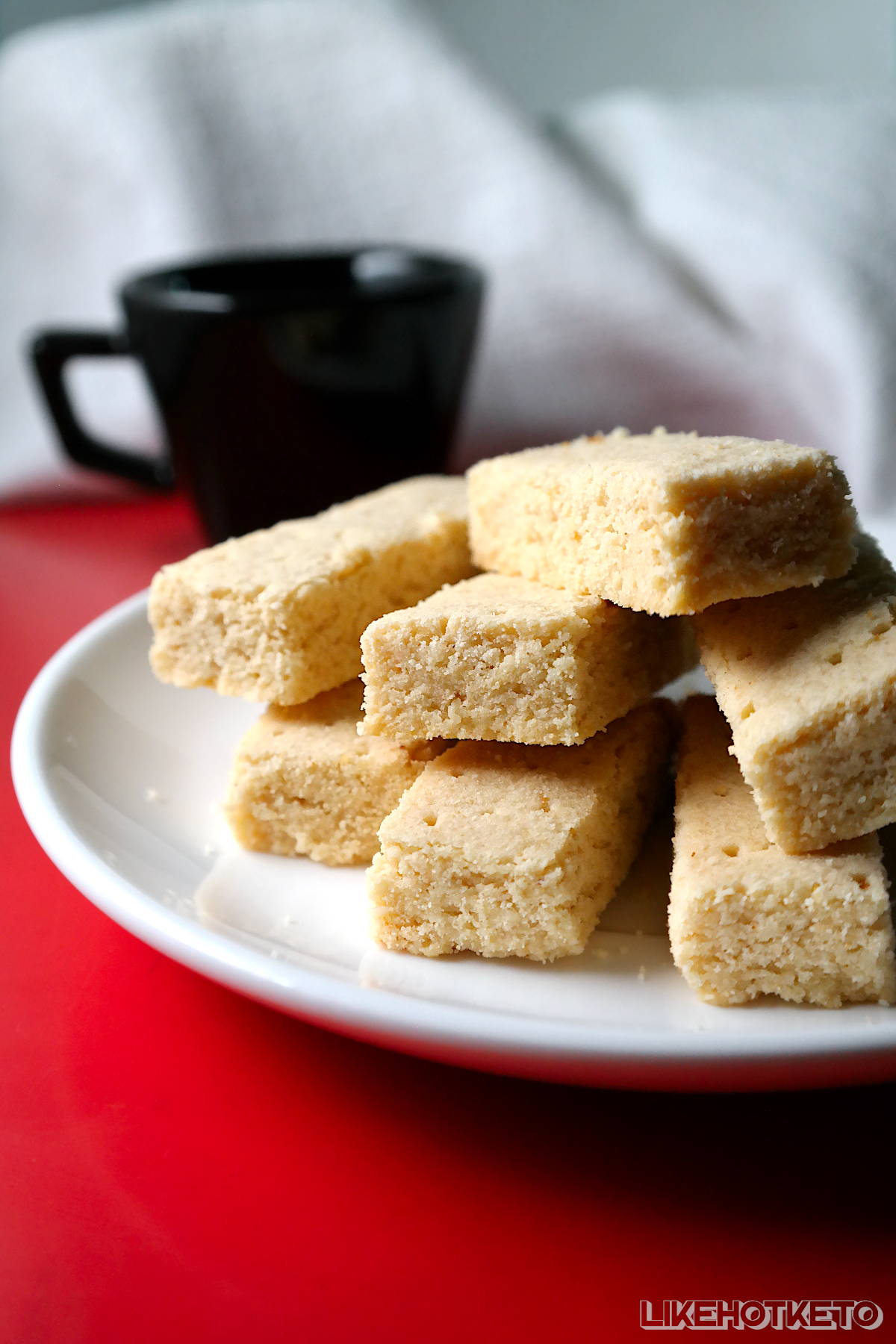
Having this problem solved, as well as nature allows us, we come to another one that needs addressing:
How to make erythritol sweeter
As the sweetener industry have already discovered, erythritol is very good, but it is just not sweet enough, in the sense that it is not as sweet as sugar is. For use in baking, specially you you are converting recipes originally made with sugar, this difference can throw your proportions out of whack.
Erythritol, in its pure form, is only about 70 per cent as sweet as sugar. If you taste it by itself, you’ll find that it is not so sweet. And if you just add pure erythritol to a baking recipe, trying to substitute it in a straight conversion for the same amount of sugar, you’ll end up with a much less sweet result than you would expect.
If you like to sweeten your beverages, and recently changed from plain sugar to a sweetener, it would make it for an easier adaptation if you would continue getting the same expected sweetness from the one or two teaspoons of white powder as you used to before. But if you use pure erythritol, you’ll always have the feeling that things are not as sweet as they are supposed to be.
The obvious solution, increasing the amount of erythritol by about 30 per cent, doesn’t help. It would make sense, I know. But the sweet taste feels different than that of sugar. Let’s not fool ourselves, sugar is addicting for a very good reason.
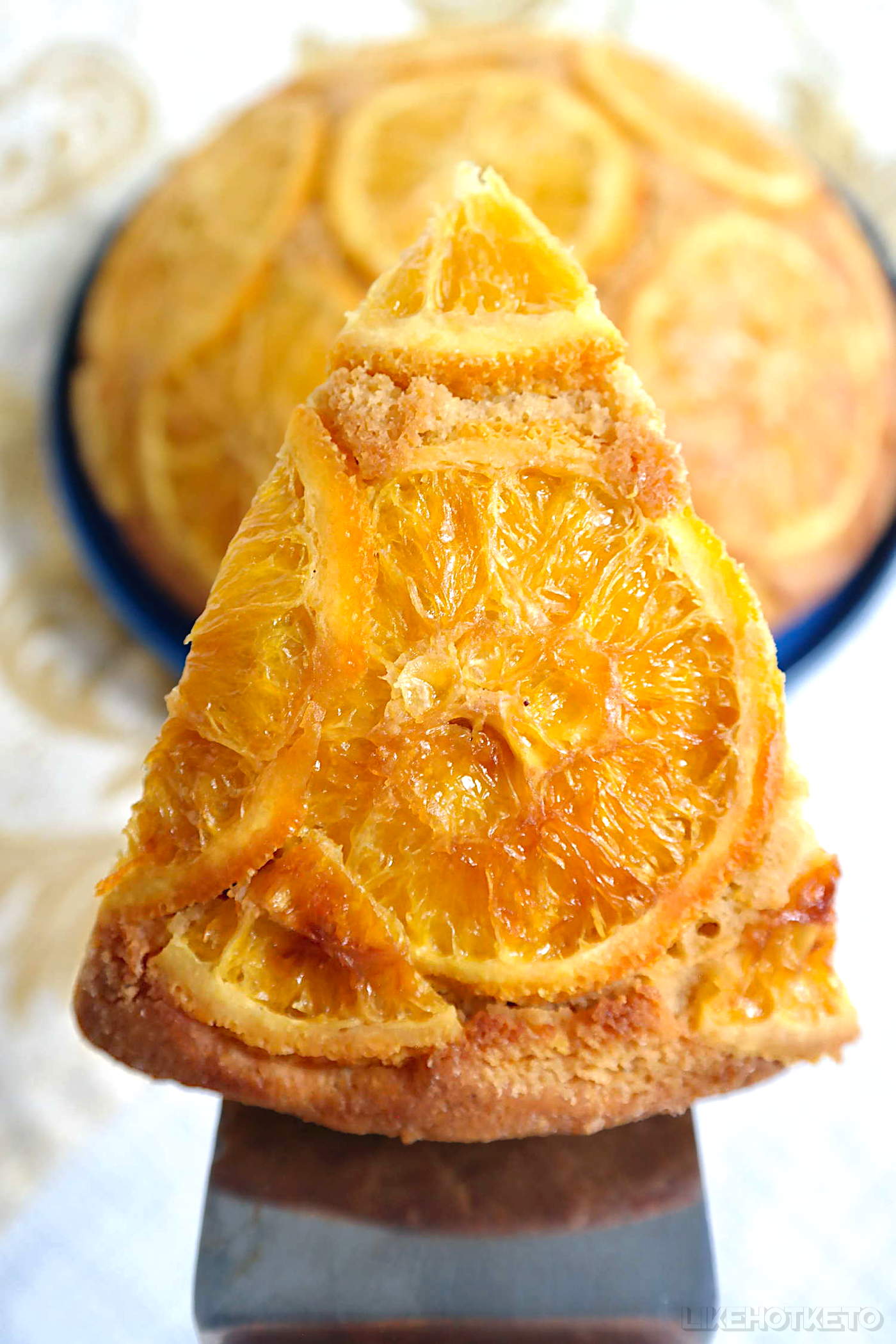
Increasing the amount of erythritol might increase its cooling effect, which is not pleasant. If you’ve never felt it, experiment putting some pure erythritol in your mouth. There’s a minty, cool feeling that is really out of place in most foods, except, well, mint flavored ones.
The solution for this conundrum is adding a tiny amount of an ultra-concentrated strong sweetener, like stevia or monk fruit pure powder, and blend it with the erythritol. This will increase the overall sweetness so that you can use it at an equal, 1:1 conversion to sugar, without having to put more erythritol, which would result in the cooling taste.
Why not use pure stevia in baking?
Pure stevia is 250-400 times sweeter than sugar, depending on the steviosides used in the extract formulation. It is so concentrated that it makes it difficult, or near impossible, to use the right quantity. Just a tip of a teaspoon is a lot sweeter than a heaping tablespoon of sugar. You can easily ruin your beverage, or recipe, with miscalculated stevia. Even the industries can get stevia mixes wrong: I have thrown away a package of flavored stevia sweetener because it would make things bitter when added to them, not sweeter.
Parallel to its excessive sweetness, stevia has this peculiar characteristic of adding a strong bitter aftertaste, which depends not only in the type of stevia, but on personal sensibilities as well. If you don’t like the taste of licorice – I can’t stand it, myself – then you will probably feel it more.
The best is to combine them, adding a little bit of stevia to increase the sweeteness of the erythritol, so that you don’t use so much erythritol to get the cold sensation and not so much stevia to get the bitter aftertaste – but just enough of each that you will get the same level of sweeteness as sugar and be able to substitute in recipes, and your beverages, in a one per one proportion. Problems solved!
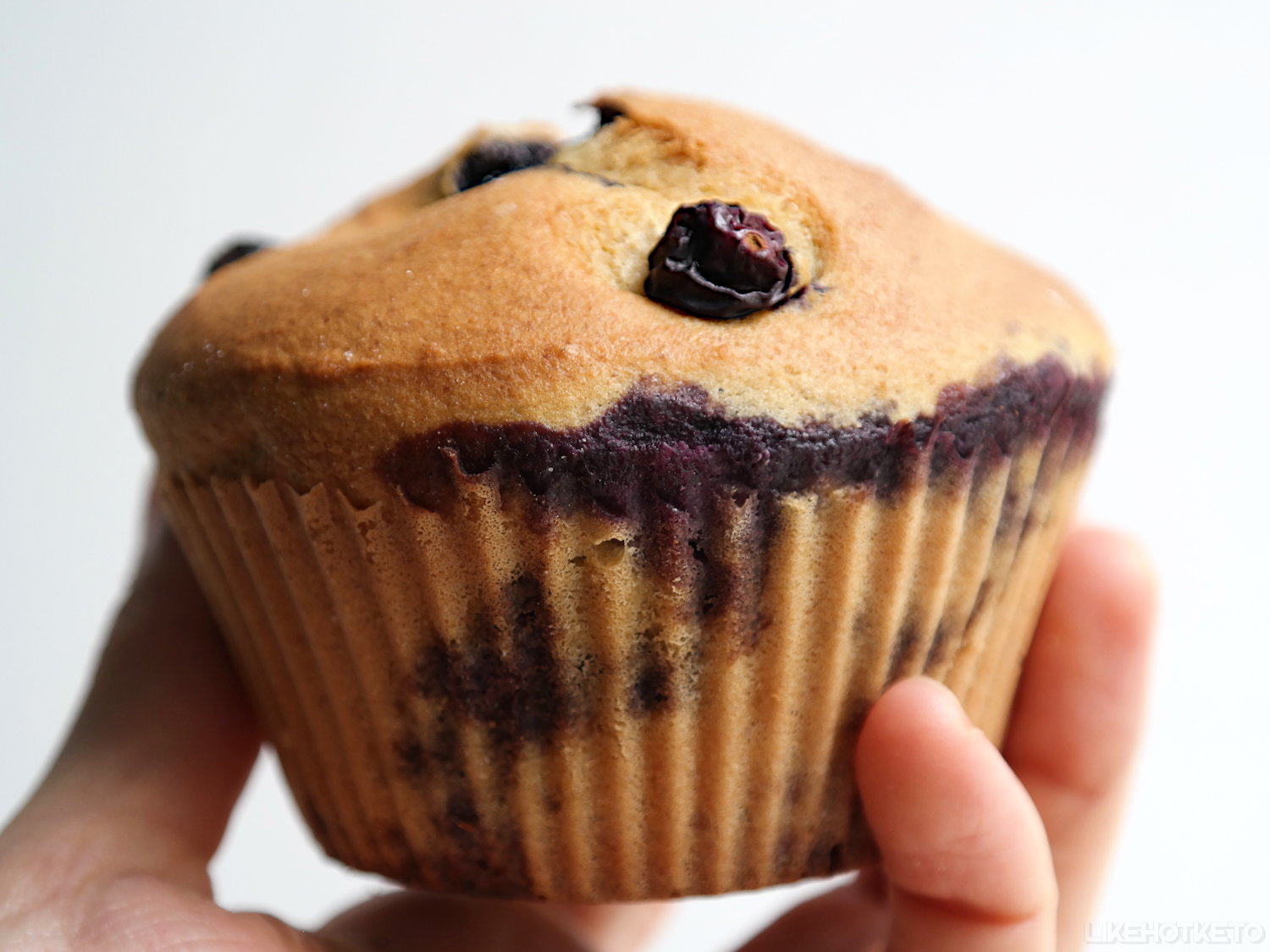
The best ratio of stevia to erythritol for a 1:1 keto sweetener
The sugar substitute companies are very protective of their formulations. It’s understandable, as people can give preference to a sweetener over another and become faithful to a brand.
I tried to check on different company websites (Like Pyure and Truvia, for example), but they do not disclose the proportions, in percentages, of the exact amout of stevia to erythritol used. In Pyure’s website it actually reads “Due to the proprietary nature of our products, we unfortunately cannot disclose exact percentages”. Similar to how perfume manufacturer’s don’t list all the poison chemicals on their packages.
But science came to the rescue! A group of Brazilian food scientists trying to find the ideal ratio of stevia to erythritol to be industrialized wrote a paper with their findings. They tried 3 different proportions of stevia and erythritol and made questionnaires to determine consumer’s preferences.
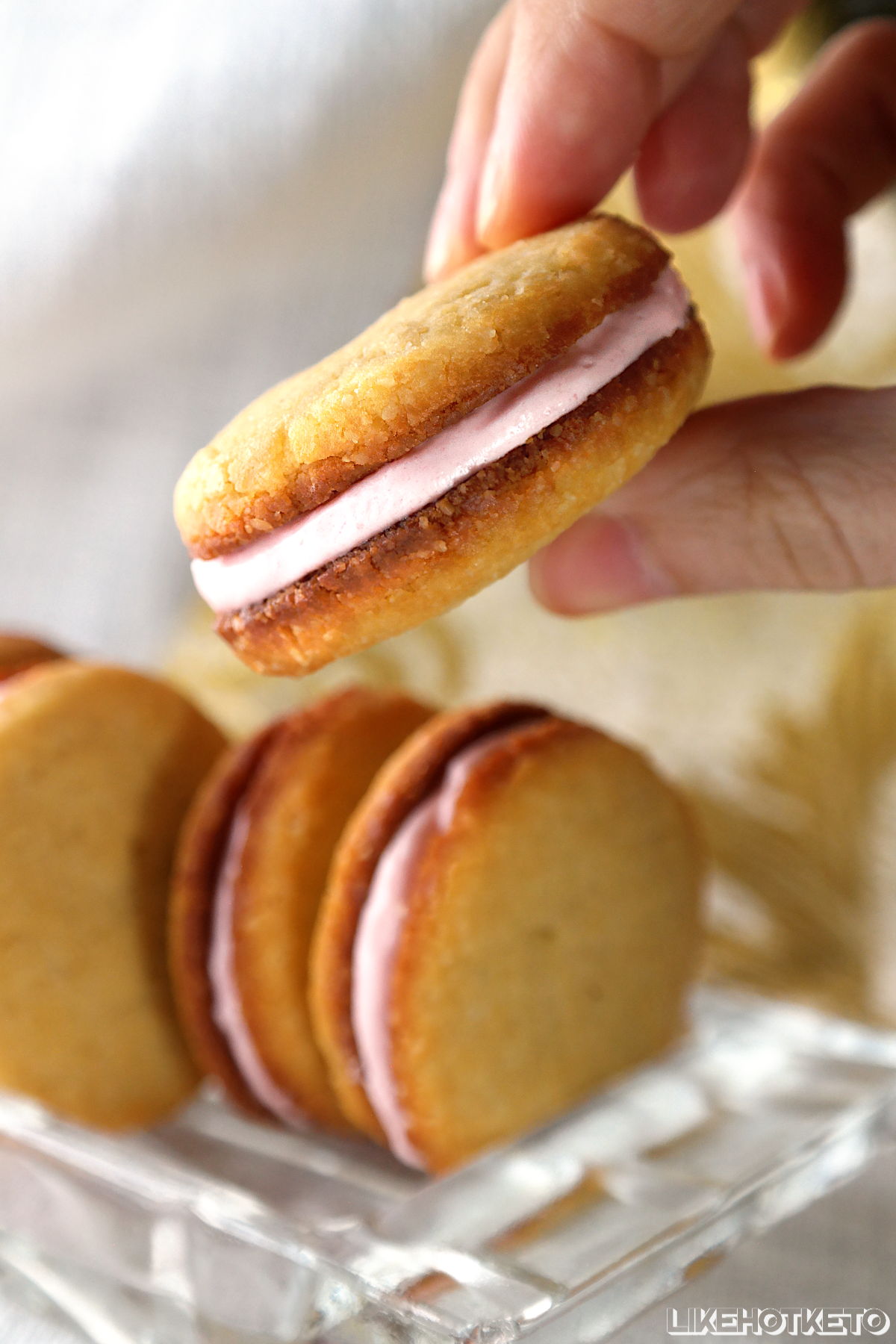
In the study’s taste experiment, they added 0.6 grams of their stevia erythritol mix in the different variations to a 50 ml cup of coffee. With this amount, they were obviously not trying to make a sugar substitute, but trying to approximate the sweeteners that come in packages with a little powder, as a dose.
Considering that a dose should equal a teaspoon of sugar – which I’ll round up to 5 grams, the amount people who sweeten 50 ml of coffee most likely use, and the amount used for each coffee was approximately 10 times less (rounding from 0.6 to 0.5 grams), we can extrapolate that they made their sweetener 10 times more sweet than sugar, at a ratio of 10% stevia to 90 % erythritol (I’m rounding up these too, but it’s close enough and easier math).
To make our keto baking sweetener as sweet as sugar, we then need to use stevia in a proportion 10 times smaller than the one used in the study. So, for keto baking sweetener that tastes exactly like sugar, we’ll add stevia to erythritol at a 1% of the amount: i.e., 1 gram of stevia to 99 grams of erythritol. I do 100, because I like round numbers and can’t really tell the taste difference 🤷♀️
How to measure erythritol and stevia for DIY sweetener blend
Let’s make it easy: Most likely the pure stevia powder you bought came with a teeny tiny spoon inside. These stevia scoops are actually 1/32th teaspoons. In my pure organic stevia extract package (which comes with the tiny spoon), it says that one serving size, a one level scoop, is 45 mg. So let’s round that to 0.5 gram of stevia.
I used the smallest measuring spoon I have, the 1/8th teaspoon, and put between 4 and 5 of the micro stevia scoop inside until level. I had to do this because unfortunately neither of my kitchen scales, not even the really precise one, caught to the measurement. And I wanted to give you a teaspoon measurement on top of the percentage one, to make life easier.
- 5 grams of erythritol – add 0.05 gram of stevia – or 1/32 teaspoon, most likely the size of your stevia scoop.
- 50 grams of erythritol – add 0.5 gram of stevia – or 1/4 teaspoon of stevia
- 100 grams of erythritol – add 1 gram of stevia – or 1/2 teaspoon of stevia
(5 grams rounded up from 4.95 grams, 50 grams rounded up from 49.5 grams, and 100 grams rounded up from 99 grams. To satisfy my husband the math police out there.)
And so forth.

How to make granulated erythritol and stevia blend
It’s a simple matter, it just takes some elbow grease. Just put the amount you need of each erythritol and stevia in the correct proportions in a jar and shake them – a lot – until combined. That’s it. You’ll need a jar that has enough empty space for sweeteners to combine well when shaking, though. I’d say, two thirds full is good enough.
Now you can put your homemade sweetener mixture in your own labeled jar, and it’s ready to use in a 1:1 proportion for sugar!
How to make powdered erythritol and stevia blend
The powder form is akin to confectioner’s sugar, and I personally prefer to use this version as the full size erythritol crystals are not easily dissolved and might add a sandy crunch to the finished items. If I am going to dissolve the sweetener in liquid anyway, I use the granulated form, but for almost anything else I prefer the powdered erythritol.
That’s why, for the sake of convenience, whenever I make a new batch of the keto sweetener mix I will use the opportunity to powder the erythritol as well.
Throw the erythritol and stevia in a (very dry) blender and blend them together until the erythritol turns into “confectioner’s erythritol”. Just a few seconds should be enough. I give the jar a few good shakes and blend it once more. Just to make sure the stevia is well mixed throughout.
Wait for the fine powder to settle before opening the blender jar, because you don’t want to eat sweetener though your nose. Believe me.
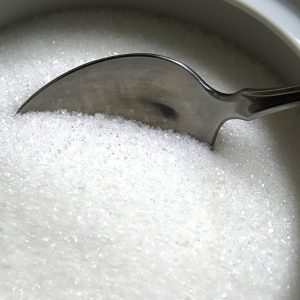
DIY Stevia Erythritol 1:1 Sugar Substitute For Keto Baking
Ingredients
- ½ cup (100 g) erythritol
- ½ teaspoon stevia
Instructions
Granulated sweetener blend
- Add the erythritol and stevia to a jar, up to two thirds full, and close the jar lid.
- Shake the jar very well for a whole minute. Done!
Powdered sweetener blend
- Add the erythritol and stevia to dry blender jar, and make sure to close the lid tightly.
- Blend for a few seconds, until the erythritol becomes powder. Shake the jar, and blend for a couple more seconds, to ensure stevia is mixed throughout.
- Wait until the powder settles before opening the jar.
Notes
- 50 grams erythritol: divided by 100 = 0.5 – add 0.5 gram of stevia (1/4 teaspoon)
- 400 grams erythritol: divided by 100 = 4 – add 4 grams of stevia (2 teaspoons)
Nutrition
Copyright Pris Frank for LikeHotKeto. Please DO NOT SCREENSHOT OR COPY/PASTE recipes to social media or websites. We’d LOVE for you to share a link to this recipe instead 🙂 Try the easy sharing buttons below!
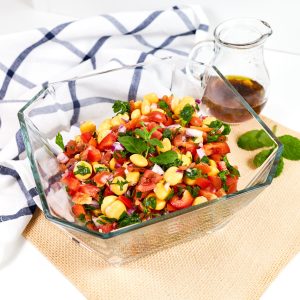
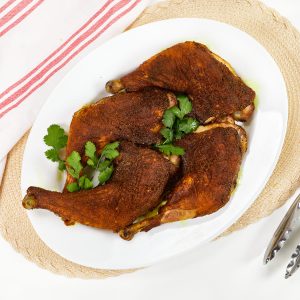
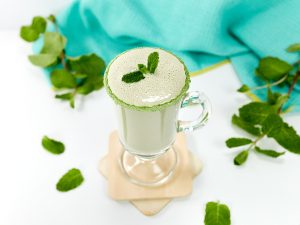
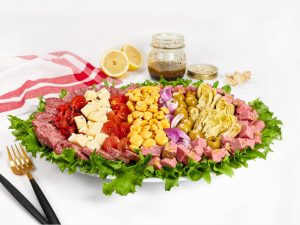
Hi Clancy, why don’t you use pure stevia and don’t include any erythritol, it must have the same effect and be even more tasty. Knowing that you are doing a batch of Icecream and not using it in extremely small quantities like in a cup of coffee or tea.
Thank you. I did make a batch of ice cream with erythritol & stevia and while tasty, it was impossible to scoop until left out at room temperature to thaw a while. I’ll try your suggested sweeteners.
Sure, Doreine – in substitution for sugar in an ice cream recipe, yes. Although, because of its crystallization properties, erythritol based sweeteners can make the ice cream set harder and more difficult to scoop straight from the freezer. For a softer, creamier ice cream you could use xylitol or allulose instead of erythritol.
Will this work in ice cream?
Thank you, Pris, for the reply. Got it. I’m big on saving dough (money!), too–it’s silly not to if the savings are as easy as “buy these two things, mix and blend.” 🙂 That, I can do. 🙂 Plus, honestly–I kind of like the control it gives me over the taste and the like.
Not sure what I’ll do with the gigantic bag of malto-added “pure” Stevia I have. I guess I can use that in coffee until the Apocalypse. 🙂 Thanks for the help–posts like this, posts that actually investigate and inform–very worthwhile. Much appreciated. –Clancy
Hi Clancy! Yup, that’s what I did 😉 It’s not something I invented myself, there’s plenty of brands of sweeteners that sell their own 1:1 sugar equivalent blends, I just tried to figure it out how to approximate their formulation at home, for the sake of budgeting mostly, through some trial, error, and lots of taste testing. Examples of these 1:1 sweeteners are Pyure, for example, uses erythritol plus stevia, Lakanto uses erythritol plus monk fruit, and King Arthur uses erythritol plus stevia AND monk fruit (plus other stuff). The stevia that I used here is pure, the label reads “”INGREDIENT: CERTIFIED ORGANIC STEVIA EXTRACT” and that’s all. You can use any pure stevia extract or even monk fruit extract (very similar sweetness strength) you like. If the package you have lists maltodextrin, it’s not going to work for this recipe, as the sweetness is very diluted. These pure extracts are not something that I could ever find in a general grocery store, unfortunately, but you can easily get from Amazon or specialized health/natural products stores.
I just want to make sure that I understand–you are taking this POWDERED Eryhritol-stevia blend, and using it 1:1 (measuring-cup-wise) to replace regular granulated sugar? There’s a ton of info here–and what’s a bit confusing is that when I look at some of your links, now, (for example, this “Now Better” Stevia–it appears to now have maltodextrin, rather than being “pure.” There have been formulation comments. It makes me wonder if I need to find something else (I have Walmart generic Stevia that lists malto, too…)
So, this POWDERED concoction replaces 1:1, *without* the minty-mouth thing that you get with Erythritol and *without* the nasty licorice aftertaste you get with Stevia alone–is that the gist? I’m trying (desperately) to migrate the DH to no-sugar, and he’s very pesky about replacements.
I appreciate the effort. I know I seem to be asking you to restate what you’ve said already, but…trying to get this just right.
Thank you! That will help me a lot!
I tried allulose in a couple of baked cakes, and it didn’t work out for me. The end product burned way before it should have in each case, and the cakes failed to rise. I had used a 1:1 substitution for sugar.
Thanks Ted! Awesome you got rid of sugar!! 👍 For healthy substitution… You can actually use pure stevia or monk fruit only in most baking recipes, unless it’s something with sugar as the main ingredient, like meringue or caramel. As sugar melts when it’s heated, it acts as a wet ingredient! So, when using the super concentrated stevia or monk fruit extracts you can replace the sugar bulk by increasing one of the liquids already present in the recipe (water, milk, yogurt, etc) by about 1/3 cup per cup of sugar (or 1:1 keto sweetener) originally asked in the recipe. The fiber bulking that we discussed earlier is made so that there’s a proportion 1:1 to sugar in measurement and flavor, for the benefit of the baker (not of the baked good) so as not getting confused in swaps and using too much/too little sweetener. If I may suggest, have you tried allulose? It’s a keto friendly sweetener that tastes a lot like sugar, and caramelizes!!, but it’s not a sugar alcohol. I’ve heard that many people who react badly to xylitol or erythritol (including myself with xylitol) don’t have a problem with allulose.
Hello Pris
Thank you for the thorough explanation! Very helpful. I have eliminated sugar from my diet for the last couple of years, and I have been in search of a sugar substitute for baking. My problem is that I cannot use erythritol. Even small amounts make me insatiably thirsty. Any idea of how to use Monk fruit or Stevia concentrated sweeteners in baked goods without using erythritol? Since they are so concentrated, a baked good’s recipe would lack the bulk that sugar provides. One of the comments above had mentioned psylium husk powder. Or is there any other substitute that would provide the bulk needed to make a successful baked good?
Hi Lucas! Fiber is really used to reduce glycemic index, but I think it’s not the case for erythritol sweeteners as they already have a GI of zero (0.63, actually). Your idea of adding coconut fiber could work (I’m curious to hear about it!) but I’m not sure about the psyllium… Psyllium is not just a bulking or flavor balancing fiber, like the ones added to commercial sweeteners. It has a very big effect on baking, similar to xanthan gum, in a way. It is important to use when recipes ask for it, but if not I would be mindful of adding, specially in big quantities. The results might be really different than expected – the baked item might become gummy, or not cook it through, as psyllium retains a lot of moisture.
Thank you Lucas! From what I’ve read, the fibers are added to provide bulk, not texture – at least that’s what I understand. Sugar alcohols are more expensive than fiber, so the industrial sweetener will mix more of the high-potency sweetener (monk fruit, stevia) with a smaller quantity of the less sweet one (erythritol, xylitol), and add the fiber in for bulk and balancing the flavor (they call it “stacking technology”), while keeping the costs down. I personally have not noticed a difference in the texture, but mind you that I have not baked with real sugar in years… and also I use the keto flours, which themselves give a different texture. Sorry I can’t be of more help. I would love to know how your brownies turn out!
I think the fiber is also to reduce the glycemic index… I don’t know if you could use some psyllium… I’m going to try and tell the results here!